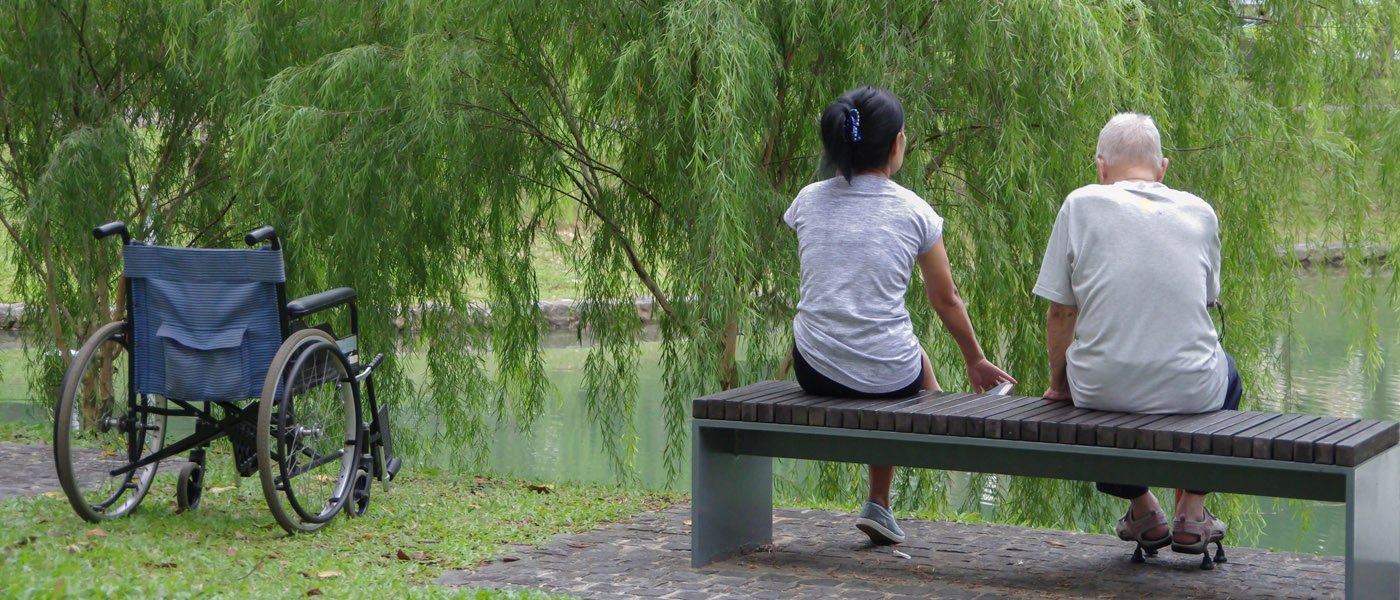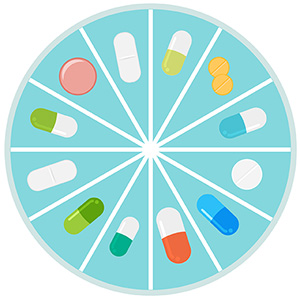According to the National Council on Aging, nearly 80% of Americans over the age of 65 have at least one chronic disease and more than 2/3 of all health care costs go toward treating these conditions. If you suffer from an ongoing ailment yourself, you already know how expensive it can be for continued treatment. Many people in these circumstances spend hundreds—if not thousands of dollars on specialty drugs each month. But if you can’t afford your medications for your illness, Simplefill’s grant services may be able to help.
What are Disease-Specific Grants?
Disease-specific grants are designed to help insured patients with chronic diseases pay their co-pay on specialty drugs. Because the price tag on these specialty drugs can be so high, and because chronic diseases require indefinite treatment, many people find it hard to afford their prescriptions, even with insurance. These disease-specific grants can be used toward the co-pay, usually 20% of the total costs, while the patient’s insurance continues to pay for the remaining prescription costs. To be approved for grant funding, the patient must have insurance, but the income guidelines are higher than most assistance programs. Most grants also require that the patients co-pay is at least $50/month for eligibility.
Which Chronic Diseases Do Grants Cover?
Grants are “disease specific,” which means they cover several brand name and generic medications that are prescribed for a specific disease. There are several different foundations that offer grant funding. Simplefill works with all available foundations. The most common chronic diseases that we help Simplefill patients with through grant funding include but are not limited to Parkinson’s, Asthma/COPD, HIV/ AIDS, Prostate Cancer, Multiple Scleroses, Post-Menopausal Osteoporosis, Crohn and Ulcerative Colitis, Rheumatoid Arthritis, Colon / Colorectal Cancer, Pulmonary Arterial Hypertension, Multiple Myeloma, Ankylosing Spondylitis, Psoriatic Arthritis, and plenty of others.
How Can Simplefill Help?
At Simplefill, we learn about your unique situation and tailor our extensive knowledge of prescription assistance programs to find you help paying for prescription drugs. You may be eligible for a grant if you have prescription insurance but still pay more than $100 a month for your medication. Here’s how it works. Once we learn about your unique circumstances, we apply for grants that will award a minimum of $1,600.00 towards a prescribed medication and a maximum of one year’s coverage for the requested medication. We collect a small fee for our services. Apply now to find out if you’re eligible for a grant.
Don’t have insurance? Just because you aren’t eligible for a grant doesn’t mean we won’t be able to help you afford your prescriptions. Our prescription assistance program may be able to help. Call us today at 1.877.386.0206 and we’ll discuss your options.











